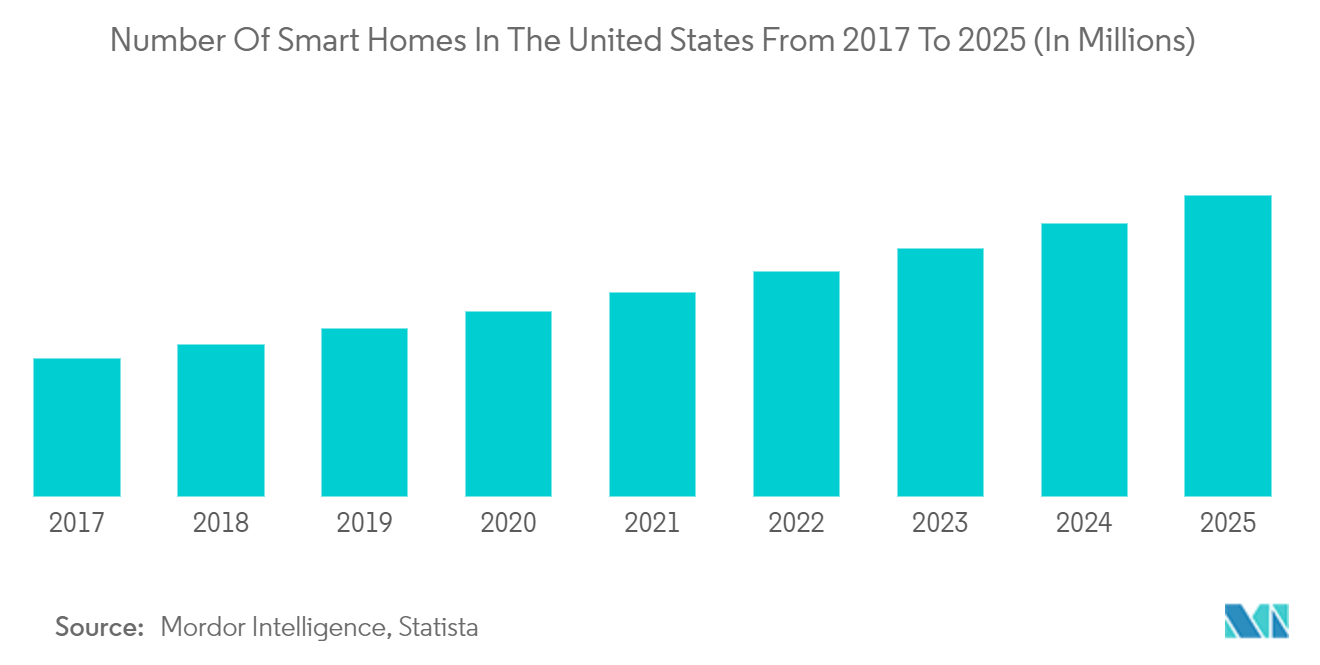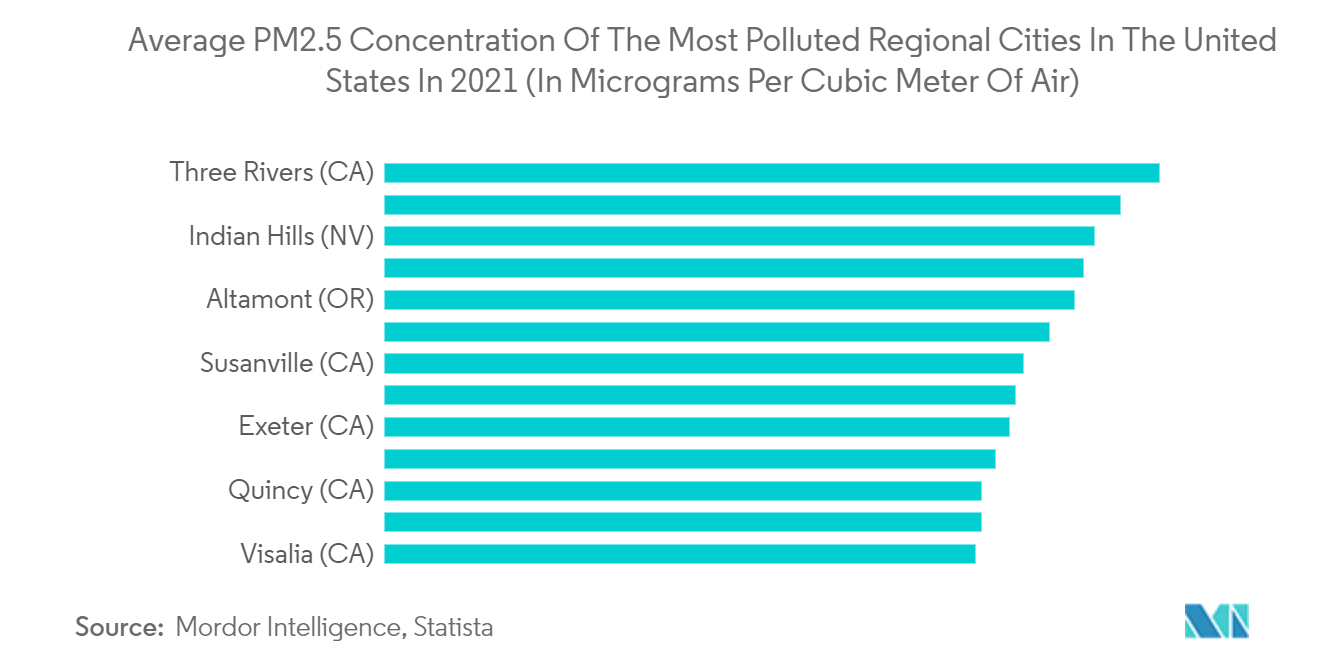Market Trends of US Smart Air Purifier Industry
This section covers the major market trends shaping the US Smart Air Purifier Market according to our research experts:
Smart Air Purifiers Being Integrated into Smart Home Ecosystems
The air around is automatically cleaned by smart air purifiers, which are stylish, portable, and simple to use. With these purifiers, the user can use a smartphone to regulate fan speed and runtime, as well as monitor temperature, air quality, and other particulate contaminants. These cutting-edge air purifiers work with other smart home appliances like Google Assistant, Amazon Alexa, and others.
The ability to automatically monitor, respond to and purify the interior air is provided by a built-in air quality meter with electrostatic charging technology. Electronic touch controls on smart air purifiers make it simple to change the fan speed and enable Wi-Fi connectivity.
With a real HEPA filter that can effectively catch 99.7% of undesirable airborne particles such as dust, lint, allergies, germs, viruses, spores, and pet danger using electrostatic technology, smart air purifiers also provide strong filtering technology. Also, smart purifiers have a filter life tracker in a variety of sizes and forms so that customers can select one that suits their needs.
The growing demand for these intelligent air purifiers across the United States will certainly fuel market expansion in the years to come.

Increasing Air Pollution and Deteriorating Air Quality to Drive Demand for Air Purifiers
As a result of the loss of forest cover, rising levels of pollution are being caused by increased globalization, infrastructure development, and huge construction projects being carried out to build airports, homes, transportation systems, and other facilities. The demand to build air purifying equipment is being driven by particulate matter emissions caused by a high reliance on air conditioners.
For instance, air pollution, which is frequently produced by burning fuel for transportation, power generation, and home and business heating, is to blame for the majority of premature deaths in the United States. Hence, it is projected that in the United States, demand for air purifying systems in residential, commercial, and industrial settings would increase as worries about growing pollution levels grow.


